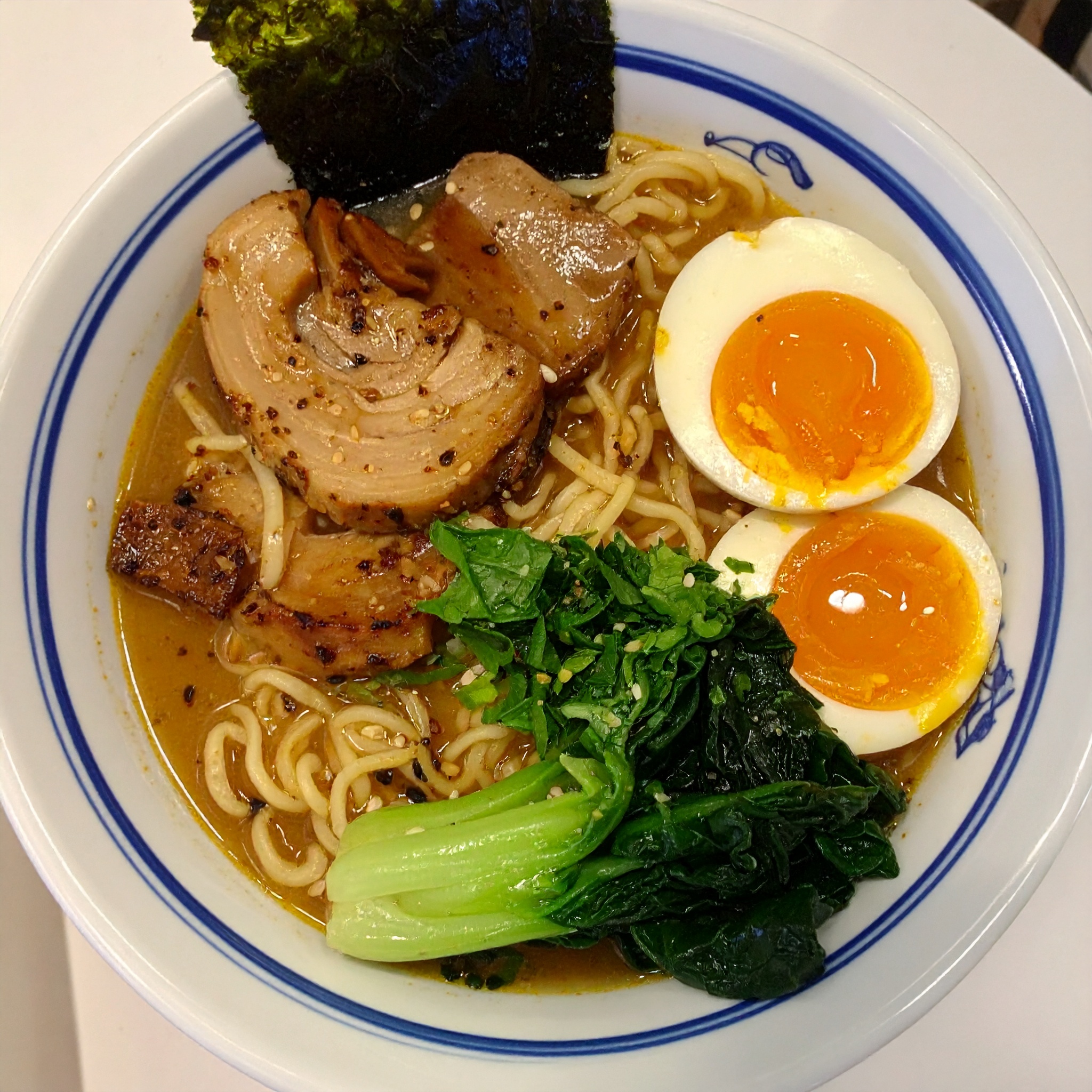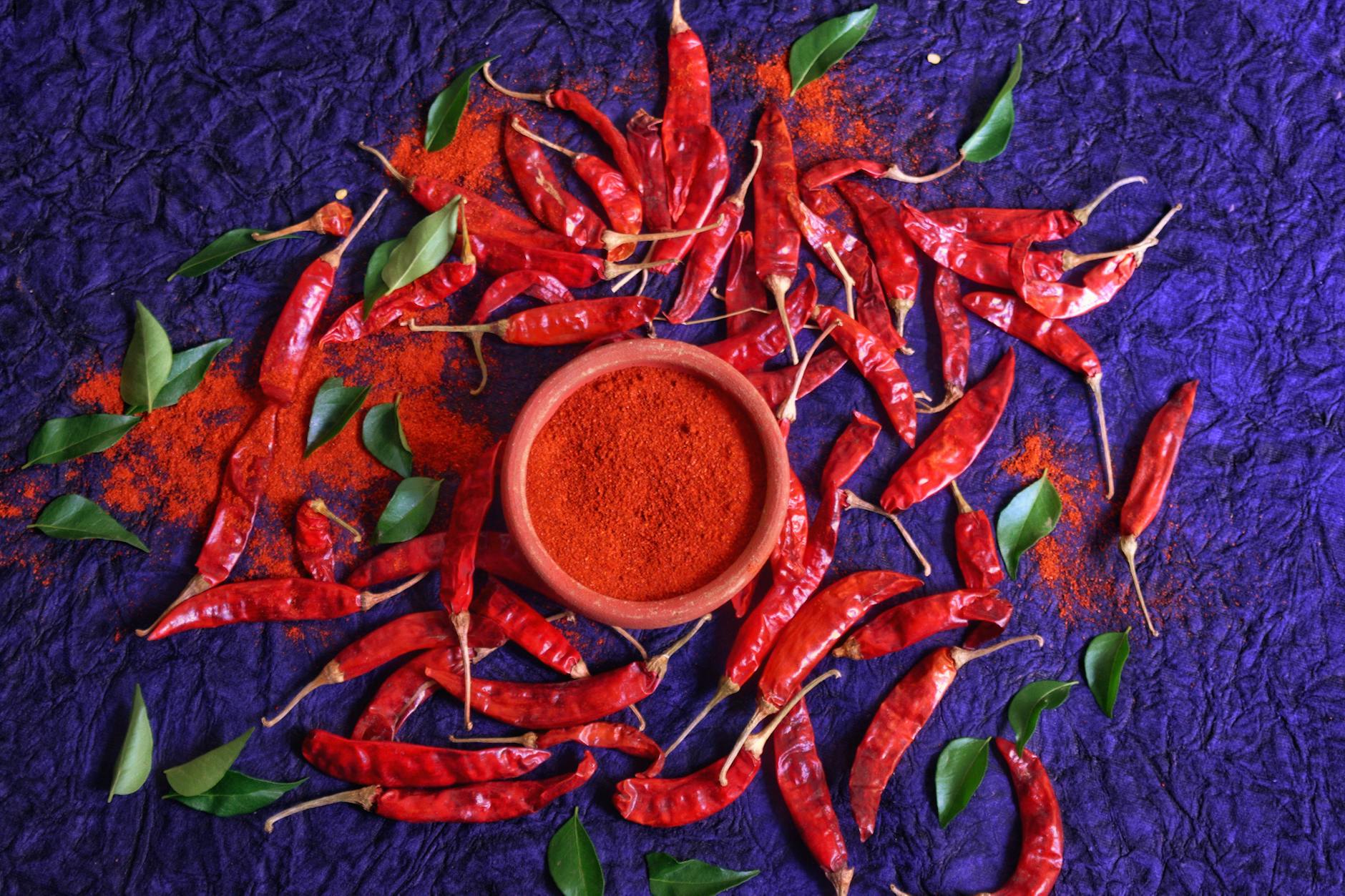In recent years, the global gourmet scene has been captivated by plant-based cuisine. Once confined to meat alternatives and dairy-free products, this movement has now ignited a renaissance in Japan’s beloved national dish—ramen. The emergence of vegan ramen—crafted entirely without animal products—is delivering a level of flavour, aroma, and satisfaction that rivals, and in some cases surpasses, its traditional counterparts.
Why Now, Vegan Ramen?
The rise of vegan ramen stems from growing health consciousness, environmental responsibility, and cultural and religious sensitivities. Vegetarian and vegan lifestyles, once niche in Western countries, have become a mainstream dietary choice. Among Millennials and Gen Z, it’s increasingly commonplace to choose foods based not only on taste, but on their sustainability credentials and animal welfare provisions.
Vegan ramen is not merely a substitute—it represents a bold exploration of new flavors and culinary possibilities, signaling that plant-based cuisine has arrived as an exciting domain of gastronomic innovation.
Evolving Broth: The Power of Vegetables and Fermentation
“Without animal-based broth, won’t it lack that signature umami?” Many might think so. But today’s vegan ramen achieves astonishing depth of flavor through masterful use of vegetables, dried ingredients, and fermentation.
For example, the synergistic blend of glutamic and guanylic acids extracted from kombu seaweed and dried shiitake mushrooms creates an umami-rich base. This is elevated further with the toasted sweetness of charred onions and roasted vegetables, and the richness of miso or soy-koji. The result is a plant-based broth that rivals—even surpasses—the satisfaction of animal-based soup.
Around the world, creative variations are gaining traction—such as Italian-inspired vegan ramen with tomato and basil, or Thai-style vegan tantanmen featuring coconut milk and lemongrass, combining global flavors with plant-forward innovation.
Continuous Innovation in Noodles and Toppings
In the realm of vegan ramen, meticulous attention is paid not only to flavor but also to the composition of the noodles. Advancements have introduced options such as whole wheat noodles made without eggs and gluten-free varieties using rice or buckwheat flour—offering a healthier, more refined texture that appeals to modern sensibilities.
The toppings are equally diverse and visually captivating. From soy-based “chashu” and konjac or deep-fried tofu meat substitutes, to vibrant additions like lotus root chips and purple cabbage, each bowl is crafted to be as visually appealing as it is flavorful—earning it attention across social media platforms.
Innovative broths further elevate this culinary genre. From creamy soy milk-based white soups to rich concoctions infused with black sesame or nuts, vegan ramen is carving out a distinct and prestigious place in the gourmet landscape.
“Vegan Japanese Ramen” Through Global Eyes
Japanese-style vegan ramen is rapidly expanding in cosmopolitan cities such as Paris, New York, London, and Taipei. For many, it upends the assumption that “ramen must be made with pork bone or chicken broth,” offering a revealing glimpse into a fresh facet of Japanese culture.
Some shops base their creations on shōjin ryōri (Buddhist temple cuisine), offering a ramen experience imbued with Zen and the essence of wa—Japan’s spirit of harmony. By delivering not only compelling flavors but also philosophical and cultural depth, ramen is transforming from mere cuisine into a profound culinary experience.
Summary: Vegan Ramen Is Not a Substitute, It Is the Future
Vegan ramen is not merely a “replacement” for dishes made with meat or dairy. It is a culinary art form born of fresh ideas, advanced techniques, and a thoughtful food philosophy. This creation—infused naturally with consideration for health, the earth, and others—is poised to captivate ever more hearts and palates in the years to come.
The future of ramen lies not in animal-derived richness, but in exploring the profound depth of plant-based flavors.





